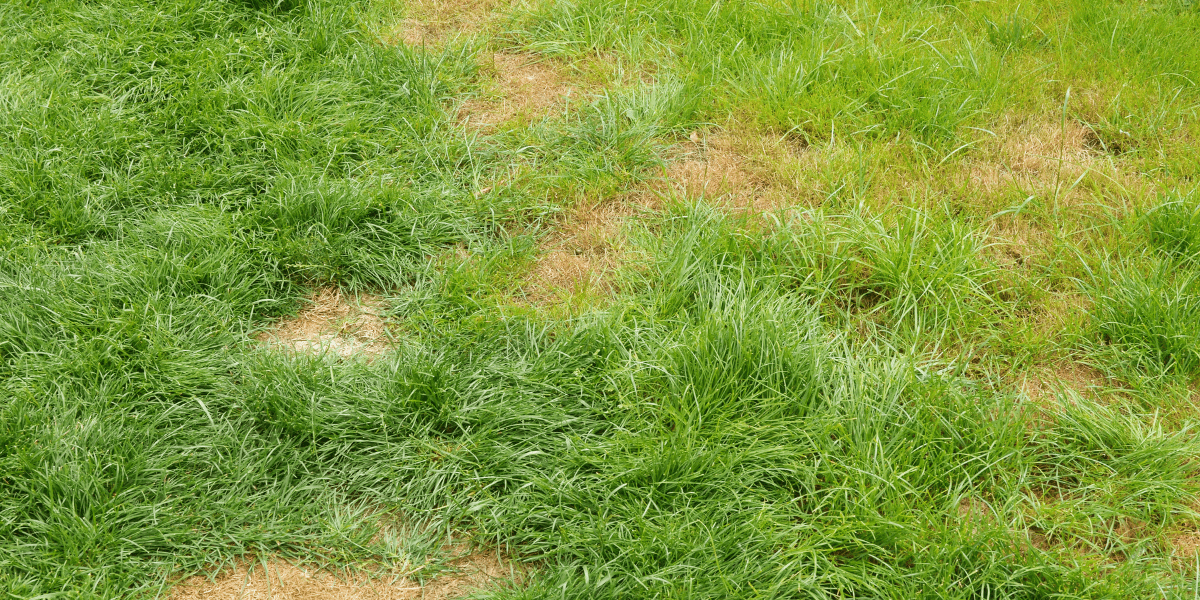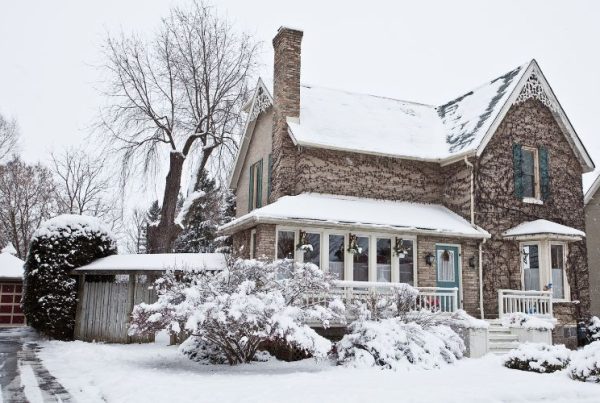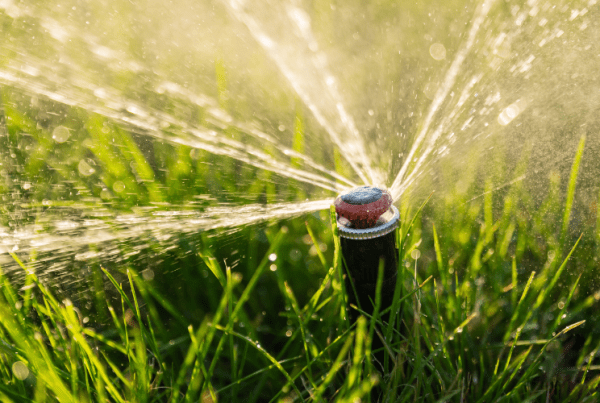When it comes to your home’s appearance, your landscaping is often the first thing people notice. You probably put careful consideration into the most beautiful plants and their perfect placement in the yard, but if your lawn has unsightly brown patches, will any of that even be noticed?
Many homeowners struggle to keep a lush, healthy lawn. Despite adequate watering and maintenance, your lawn may still develop pesky brown spots. So what causes these spots, and how can they be avoided? Read on to find out why your lawn has brown patches and how they can be treated.
What Causes Brown Patches in a Lawn and How Can They Be Treated?
When you encounter brown patches throughout your lawn, you may think to yourself, “How did this happen? My sprinkler system keeps the lawn watered….” That is the initial thought for many homeowners. While inadequate watering does cause brown spots, it isn’t the only cause.
Brown patches in a lawn can be the result of many things. Read on to learn more about the numerous causes of brown spots in a yard and how they can be treated.
Thatch
Thatch is an accumulation of decomposing organic material nestled between blades of grass and the root system. When thatch grows too thick (more than half an inch), it can kill your grass by preventing the flow of air, water, and nutrients.
Treatment and Prevention: If thatch is causing brown spots in your lawn, a process called “dethatching” can resolve the problem. That consists of using a tool typically found at garden stores to break up the thick layer of thatch. You can also resolve the issue by aerating your lawn, which involves using a tool to poke holes throughout your lawn’s soil, allowing it to breathe.
Grubs
Grubs are a common cause of brown patches of dead grass. These plump beetle larvae damage your grass by eating the underground roots.
Treatment and Prevention: You can rid your yard of grubs by introducing beneficial nematodes or milky spores to the lawn. You can also seek help from lawn care companies that provide professional pest removal to eliminate the grubs.
Improper Mowing
You may think that mowing a lawn is all the same, but there are actually different lawn-mowing techniques. If you’re cutting your lawn incorrectly, it can lead to brown spots.
Cutting your grass too short is one way to cause brown spots. That happens because you’re doing damage to the grass blade. Another problem is cutting with lawnmower blades that are too dull. That will damage the blade and cause dead grass.
Treatment and Prevention: If improper mowing is causing brown spots in your lawn, the solution is simple. Raise your mower blades to avoid cutting the grass too short and sharpen blades so that they are not dull and damaging to the grass.
Pet Urine
When your pets use the yard as their potty, it can lead to brown spots. The high nitrogen in your dog or other animal’s urine can kill the grass and cause dead, brown patches.
Treatment and Prevention: The best way to treat brown spots caused by urine is to rake up the dead, brown patches. You can then spread topsoil and grass seeds to grow new grass.
Poor Soil Quality
If your soil is low-quality and not properly aerated, it can cause brown spots. You can determine this by pushing a long-head screwdriver into the ground. If you meet a great deal of resistance, this might be the problem.
Treatment and Prevention: This can be resolved by properly aerating your lawn so that the soil can breathe better and receive nutrients easier.
Dormant Season
Some grasses are simply more susceptible to brown patches because they are a certain type of grass. There are warm-season grasses and cool-season grasses. Warm-season grasses are typically found in tropical regions, like the Southern United States. These grasses go dormant in the winter. Cool-season grasses are typically found in the upper two-thirds of the U.S.
In certain regions like North and South Carolina, you may have a combination of the two types of grass. That means each type will encounter their dormant season and die off, leaving portions of your lawn to turn brown.
Treatment and Prevention: There is little you can do to resolve brown spots caused by dormant seasons. Your grass will simply return to normal once its particular dormant season is over.
Brown Patch Disease
Typically found in hot, humid climates, brown patch disease results from a fungus called Rhizoctonia. It causes large patches of dead, brown grass surrounded by a smoke ring border.
Treatment and Prevention: Since brown patch disease is influenced heavily by the weather, there is almost nothing you can do to prevent it. Appropriate watering may temper the problem, but it is important not to water the lawn too much. Excessive moisture can also have adverse effects on your lawn.
Some homeowners see improvement with the use of fungicides to treat brown patch disease. A lawn care professional can help determine the best fungicide to use for your particular lawn.
Who Can Determine the Cause of Brown Lawn Patches?
So how can you determine what caused your lawn’s brown patches? While you may be able to narrow down possible causes on your own, the only real way to know what is causing the brown spots in your lawn is to have a professional assess it.
A lawn care professional will be well-versed in the different causes of brown spots. They will examine your lawn with the proper tools and resources and bring a certain level of expertise to their assessment. They can scope out the likely culprit behind its brown spots and then help you begin treating the problem and working to prevent it from happening in the future.
Once a lawn care professional has determined the cause of your lawn’s brown patches and the best course of action, you can begin treating the problem and taking steps to ensure it won’t happen again.







